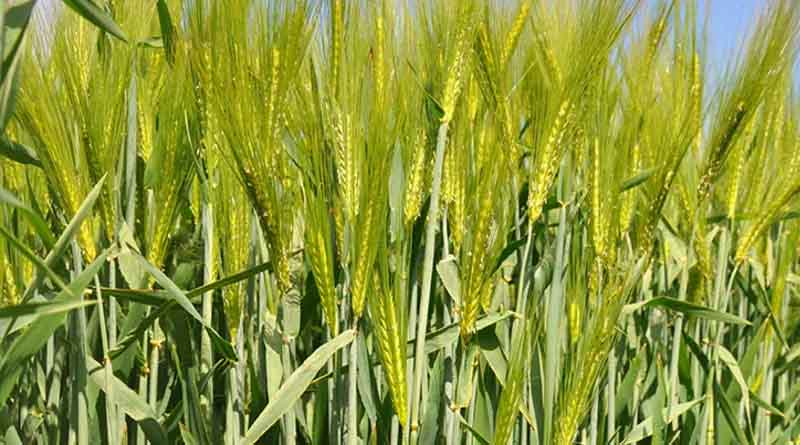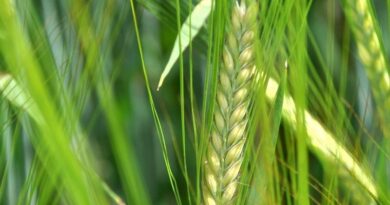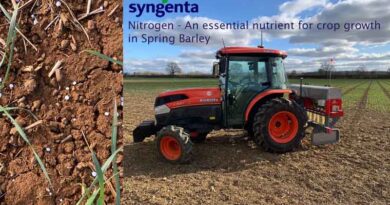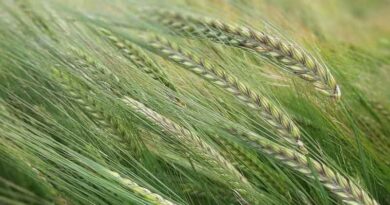Protect barley green leaf area during longer daylight hours
05 May 2023, UK: Grain prices for feed barley below £200 per tonne are providing an added reason to ensure yields are kept high.
If yields slip in malting barley, there is an added risk that grain nitrogen levels will not be diluted sufficiently to meet certain malting specifications – for example below 1.65% for malt distilling.
Those are the messages from Syngenta area business manager in Scotland, Iain Lindsay, who says having invested in fertiliser, modern varieties will need effective green leaf area protection if they are to reach their yield potential.
“To protect yield, we must maintain persistent protection against disease,” says Mr Lindsay. “We want to be getting into June with clean, green crops so they can harvest as much light as possible while we have maximum daylength.
“For the important T2 timing in winter barley, prothioconazole will probably be used widely as a base to fungicide programmes. However, I would look to partner this with another fungicide to provide long-lasting green leaf protection, such as Solatenol in the co-formulated fungicide Elatus Era, in order to make the most of that peak daylight period.
“So far this season, we’ve had the wet weather diseases of Rhynchosporium and net blotch building in winter barley. As we enter the warmer part of the season, brown rust also poses an increased risk. This underlines the case for Elatus Era at T2 to cover these and for its strong rust activity. Similarly don’t get caught out by Ramularia, which is triggered later in the season in infected crops if they become stressed.”
Spring barley
Although the growth stages of spring barley relative to the longest daylight hours are different to winter barley, Mr Lindsay says similar principles apply.
“Spring barley is poised to go through its growth stages quickly this season as crops try to catch up after the late spring – particularly crops that were later-drilled.
“You still want to keep spring barley greener for longer to make the most of daylight hours, so the same fungicide considerations are relevant. However, a key difference with spring barley will be the timing of folpet to manage Ramularia. In spring barley, this is likely to be mixed in with the T2 spray, rather than being applied as a separate earlier spray around growth stage 37 as in winter barley, mainly because spring barley grows past GS37 so much faster.
“By keeping barley crops clean as long as possible, it also allows them to mature, rather than dying off early due to disease. As well as having better grain-filling, crops that are able to mature, rather than dying off early, are also likely to produce better quality straw.”
Also Read: Verdesian Life Sciences awarded the Global Leadership Award at BioAg India 2023
(For Latest Agriculture News & Updates, follow Krishak Jagat on Google News)















